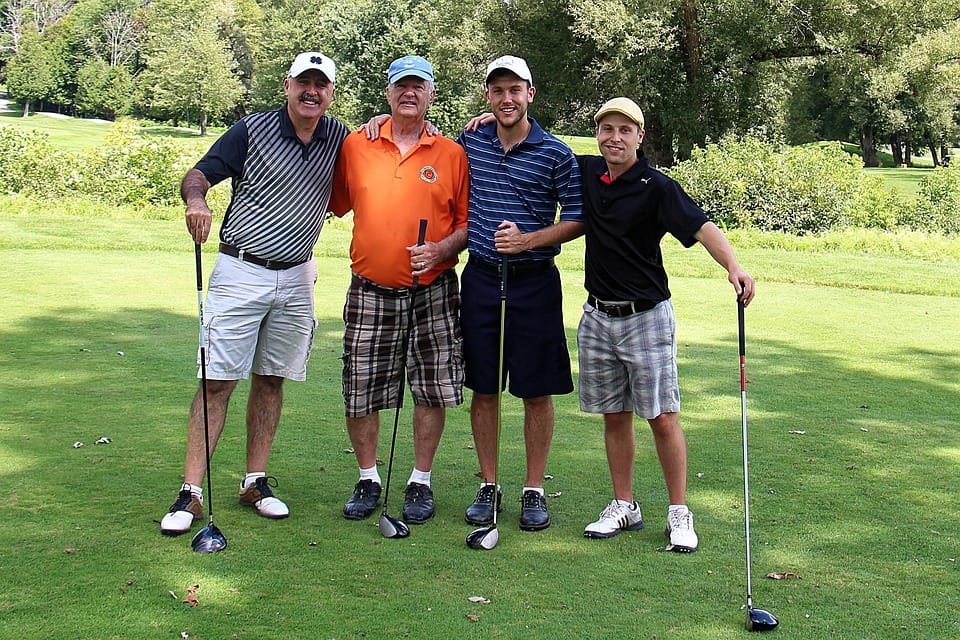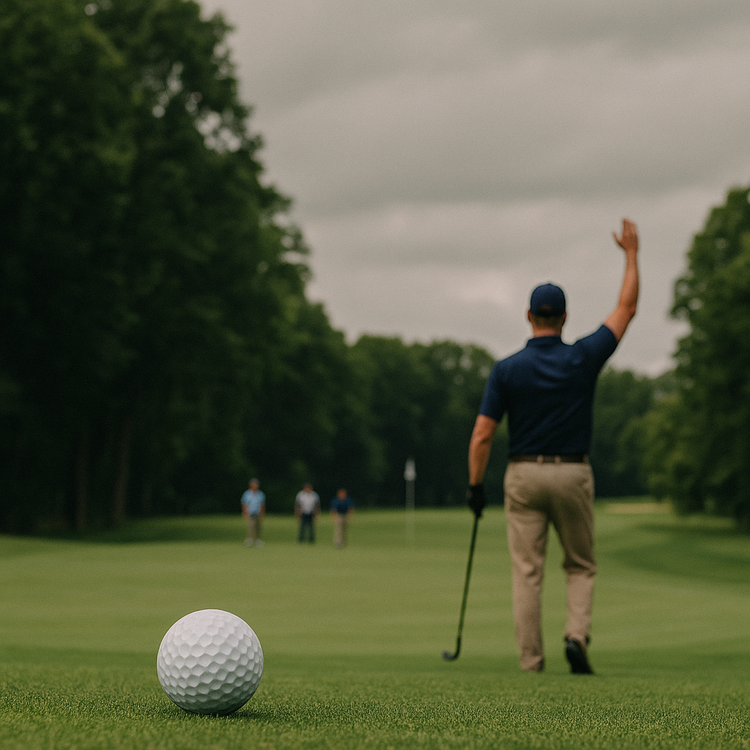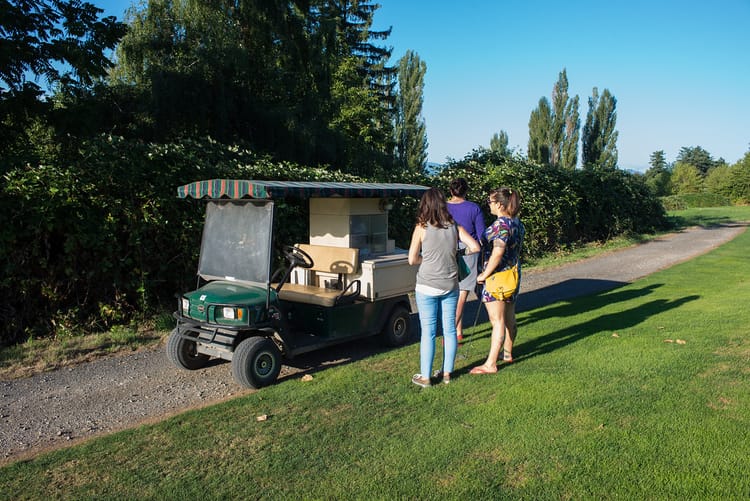Getting Paired With Another Golfer: Nerves and Social Protocol

Golf is often thought of as a solitary sport—just you, the course, and your thoughts. But more often than not, especially when playing at public courses or during tournaments, you'll be paired with other golfers. Whether it’s a solo stranger or a threesome needing a fourth, how you handle this shared round can make or break the experience for everyone.
Here’s a guide to getting paired with another golfer—what to do, how to communicate, and how to keep the round enjoyable and respectful.
1. Start with a Friendly Introduction
It sounds basic, but a quick “Hi, I’m [Your Name]” with a handshake or nod sets the tone. Ask their name, maybe where they’re from or if they play the course often. You’re not making a lifelong friend necessarily, but showing some social awareness gets things rolling in a positive direction.
If they’re a bit shy or reserved, don’t force conversation. Some people use golf as personal quiet time. Gauge their tone and match it.
2. Be Clear About Your Game
Right off the first tee, it helps to give a heads-up about your skill level. A simple, “I’m still working on consistency,” or “I usually shoot in the 80s,” sets expectations. This isn’t about bragging or underselling—it’s about courtesy. It can also help determine things like tee box choices or pace of play.
If you’re playing ready golf or observing strict honors, agree on that early too.
3. Respect Their Routine
Every golfer has quirks—pre-shot rituals, reading putts from five angles, or barely lining up at all. As long as they’re not dramatically slowing the pace, give them space. Don’t talk during their setup or swing. Silence isn’t cold in golf—it’s respectful.
If you have your own routine, keep it consistent but not overbearing. A paired round isn’t the time to take 10 practice swings or labor over club selection for five minutes.
4. Offer Encouragement, Not Coaching
If your paired partner hits a rough patch, a simple “tough break” or “you’ll get it back” is usually appreciated. What’s notwelcome is unsolicited advice. Unless they ask specifically for a tip, avoid critiquing their swing or club choice—even if you mean well. Most people aren’t looking for a swing coach at hole 3.
5. Communicate About Pace
The number one tension point in paired rounds is pace of play. If you’re fast and they’re slow, or vice versa, you’ll feel it. The key is to communicate gently: “Mind if we play ready golf?” or “Let me know if I’m going too fast.” Most people appreciate the transparency.
Also, help each other out—watch tee shots, help find balls, or give a quick yardage. It keeps the round smooth and cooperative.
6. Know When to Talk—and When Not To
Golf allows for long walks and short talks. Between shots is a great time to chat—jobs, favorite courses, memorable rounds. But once you reach the ball, let focus return. Save stories for cart rides or tee box waits.
Avoid polarizing topics (religion, politics) unless the vibe clearly welcomes it. You’re there to play golf, not debate headlines.
7. Part with Positivity
Whether the round was fantastic or forgettable, finish with a friendly send-off: “Enjoyed the round,” “Great playing with you,” or “Hope we’re paired again sometime.” That small gesture wraps up the day on a good note and keeps the community aspect of golf strong.
Final Thought
Getting paired with another golfer is an opportunity—not a nuisance. You get to see another playing style, possibly learn something, and maybe even meet someone new. With a little courtesy, self-awareness, and light conversation, a stranger on the first tee can feel like a partner by the 18th green.
Have you ever made a golf friend just by being paired up?




